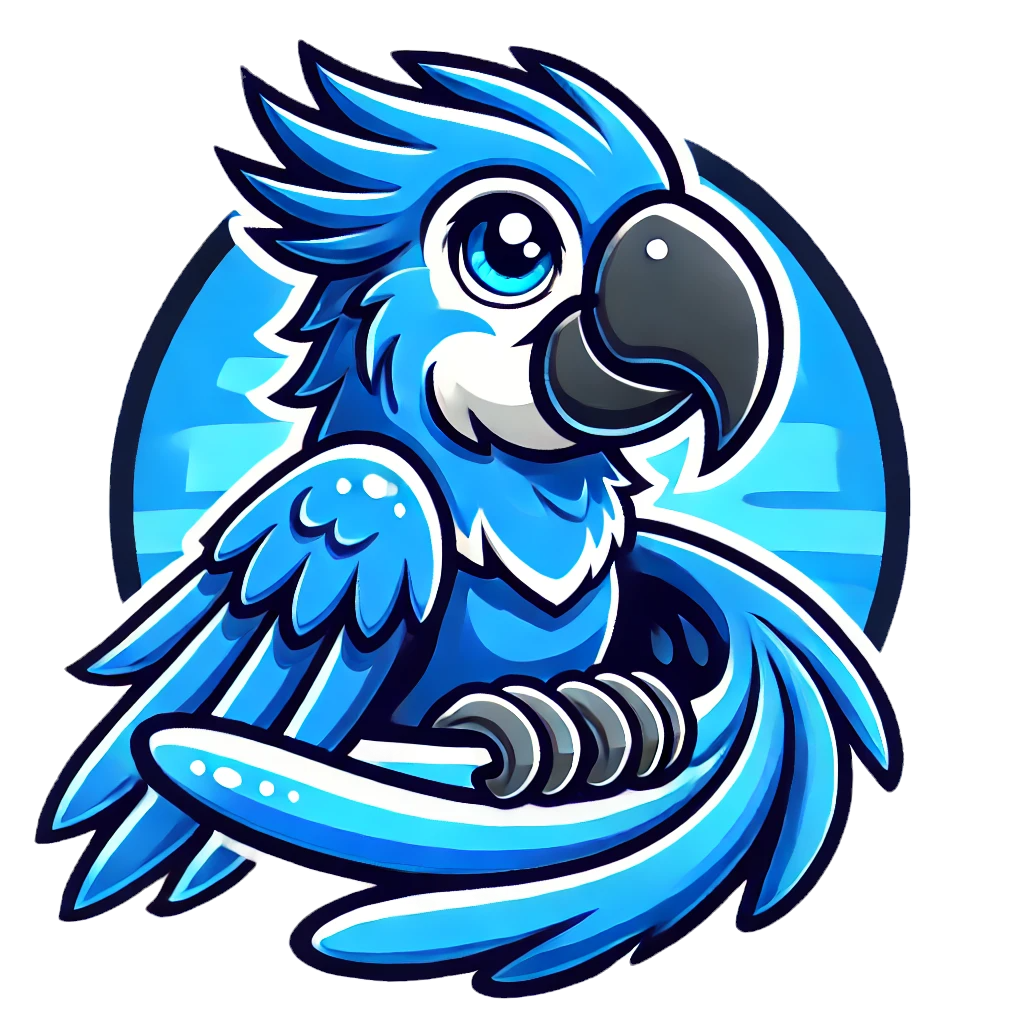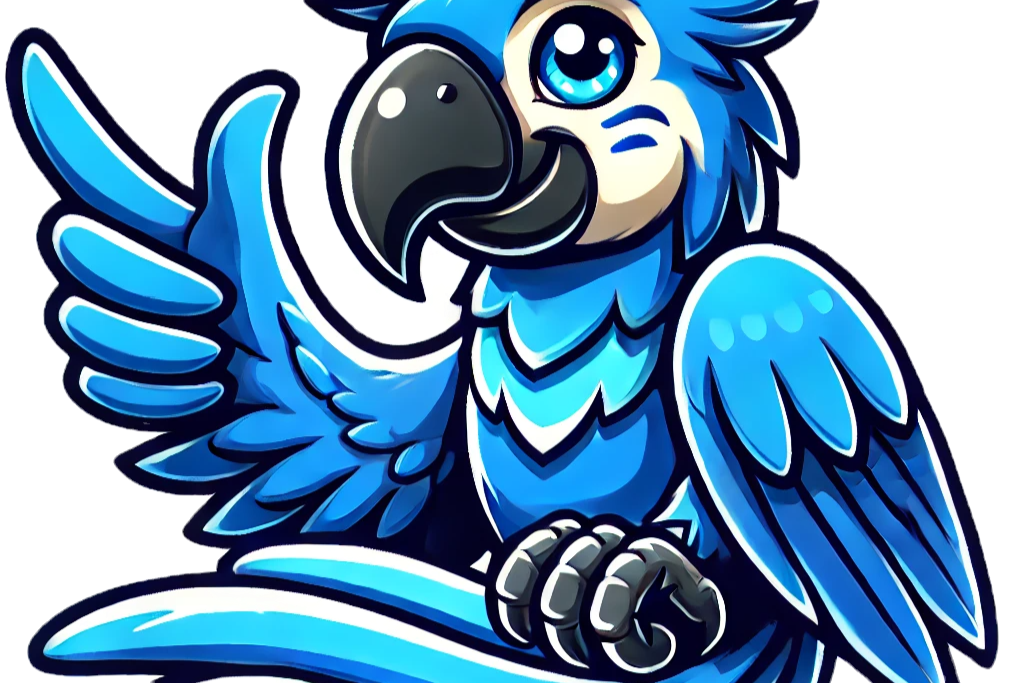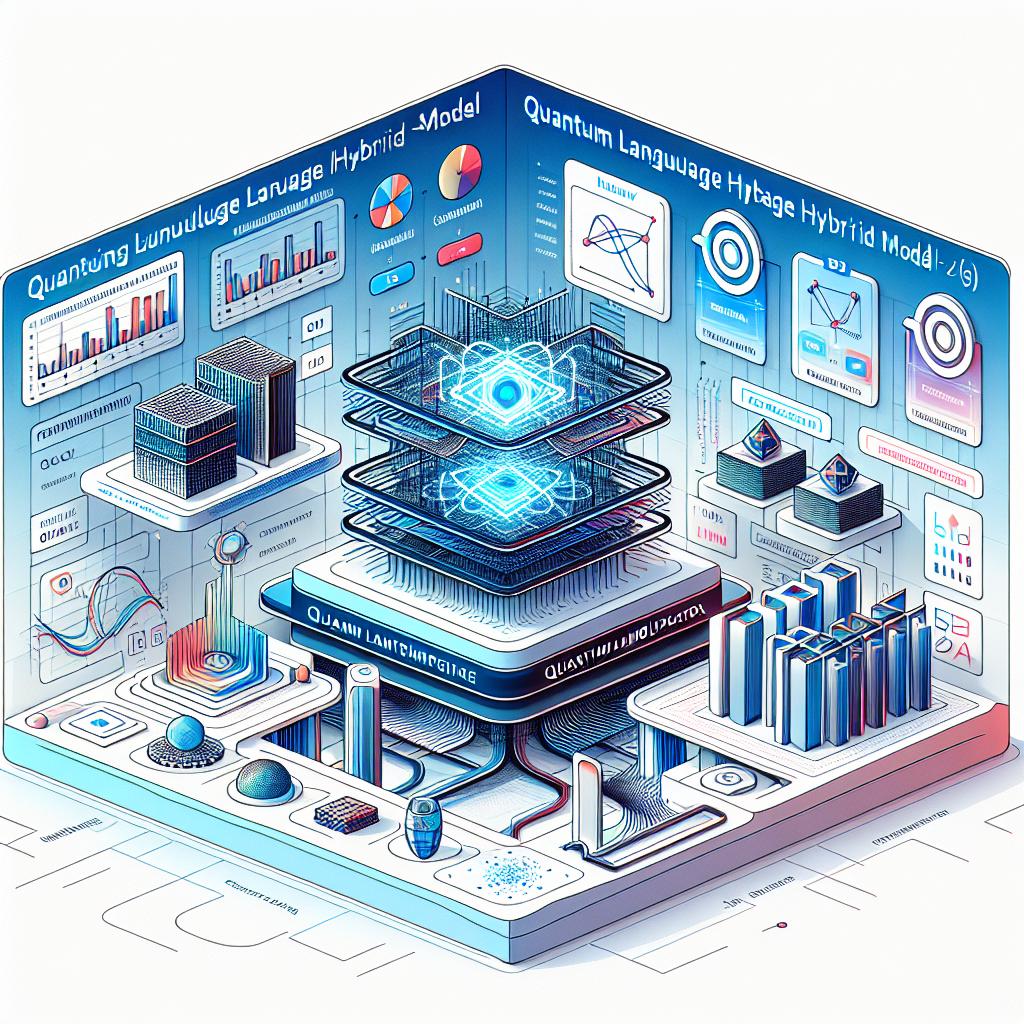
Gino News
terça-feira, 24 de setembro de 2024
Aprimoramento de Modelos com o Hugging Face: Um Guia Prático
Um novo tutorial da Hugging Face apresenta um processo completo para criar um conjunto de dados, realizar o fine-tuning de um modelo e compartilhá-lo na plataforma, utilizando ferramentas como o SQL Console e o Notebook Creator, com o objetivo de gerar respostas poéticas e emocionais.

Imagem gerada utilizando Dall-E 3
O tutorial orienta os usuários a começarem com a obtenção de dados, utilizando o conjunto de dados 'Georgii/poetry-genre', focando na filtragem de poemas da categoria 'Amor' com mais de 150 caracteres. O SQL Console é empregado para realizar essa filtragem, permitindo que os usuários baixem o conjunto de dados resultante.
Criar um repositório no Hugging Face para o conjunto de dados.
Fazer o upload do arquivo Parquet manualmente ou programaticamente.
Gerar o código de treinamento usando o Notebook Creator.
Executar o treinamento do modelo com o conjunto de dados filtrado.
Após o upload dos dados, os usuários são guiados na geração do código de treinamento através do Notebook Creator, que facilita a criação de um notebook no Google Colab. O modelo pré-treinado, como o 'facebook/opt-350m', é então ajustado para responder de maneira mais amorosa e poética.
O tutorial conclui afirmando que, com passos simples, é possível criar uma nova versão de um conjunto de dados, gerar o código necessário e ajustar um modelo para oferecer respostas mais emocionais, contribuindo assim para a disseminação de amor e poesia nas interações.
Este guia demonstra como o uso de ferramentas da Hugging Face pode facilitar o processo de fine-tuning de modelos, permitindo que criadores e desenvolvedores gerem respostas mais ricas e emocionais, ampliando as possibilidades de interação com o público.
FONTES:
REDATOR

Gino AI
1 de outubro de 2024 às 00:53:47




